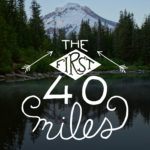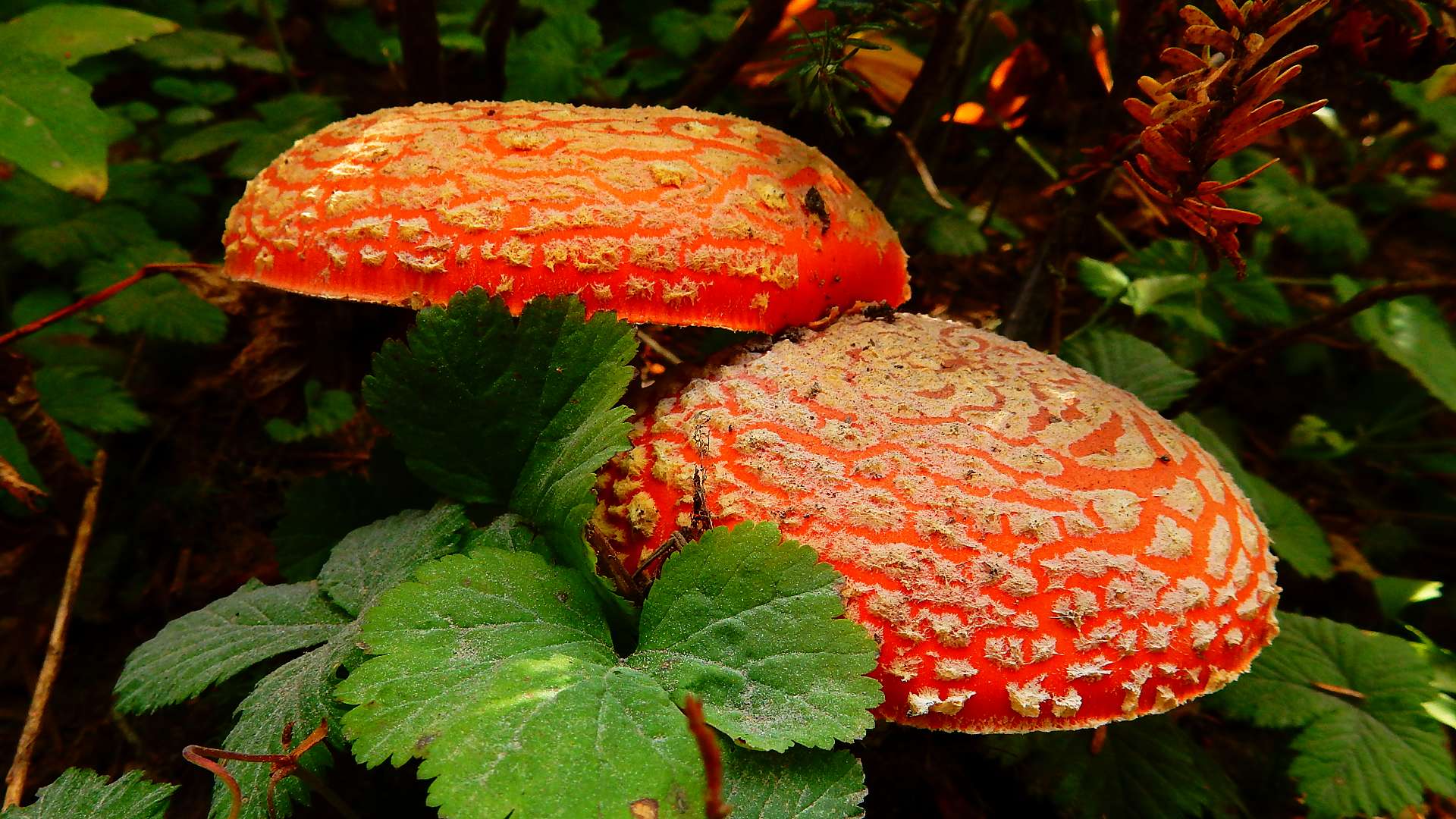Podcast: Download (Duration: 32:50 — 31.0MB)
Show Notes: Episode 161
Today on the First 40 Miles, we went on our first mushroom hunt and lived to tell the tale! Today we’ll share the treasures we found in the forest and we’ll share what we learned. Then, our trip guide from the Oregon Mycological Society, Leah, tells her story of how she entered the world of mushrooms. And we have some fun audio from the mushroom identification session at the end of our hunt.
Opening
- Mushroom hunting has been on our bucket list since moving to Oregon…
- On many bp trips, we see mushrooms, but we’ve always been just a little nervous about correctly identifying them on our own.
- Went out with Joyce and Leah from the Oregon Mycological Society
- Big shout out to Paul, who not only rescued us from the parking lot, but taught us on the hike in how to identify the Chanterelle
- Three things: False gills, decurrent stem (the gills extends down the stem instead of tucking up under the cap), and a string cheese stem (not a hollow stem)
- The best part? Our 4th grader came with us… he was sick, but not too sick to tromp through the woods gathering fungi. That’s the best kind of sick…
Top 5 Things We Learned About Mushroom Hunting
Go With Someone Who Knows Mushrooms
- Being able to ask a billion beginner questions was just what we needed
- Joyce, from the Oregon Mycological Society, said that often new mushroom hunters will look at a mushroom and say “Oh this has 6 out of the 7 identification points of this such and such mushroom.” And they ignore the 7th point—which in mushroom hunting can lead to a misidentification.
- Go with someone that can help you decided whether you should kick it or pick it.
- The group we went with were part of the intermediate mushroom identification class from the Oregon Mycological Society
Don’t get lost (or shot!)
- When you’re staring down at the ground looking for mushrooms, it’s easy to get disoriented.
- Our group was tucked back in the woods off the trail. It would have been easy to get lost, however the trip guide was wise. The area we were hunting was only about a 1/4 mile from the main road—which we could easily hear. She also picked an odd but helpful central location that happened to have a bunch of abandoned tires. Leah also said that she plans some trips next to a hillside so people can use the hill to orient themselves.
- Compass, whistle, something bright to tie up to a tree (like a bright hammock)
- We were hunting in a national forest during animal hunting season, so everyone in our group was wearing hunter orange
There is a sliding scale from desirable to deadly
- If you ask a mushroom hunter, “Is this one edible” you may not get a straight answer
- “Yes it’s edible but it’s not very good”
- “Yes, but many people experience stomach aches and diarrhea”
- Rule #1: Only positively identified mushrooms should be eaten
- We also learned that you shouldn’t eat any mushrooms raw. Some of the toxins in mushrooms are heat sensitive and can only be denatured when cooked.
- On that sliding scale are mushrooms that cause gastrointestinal trouble, psychedelic effects, and coma-like states. Stay on the end where the mushrooms are edible, desirable and identifiable
- Stay away from LBMs (little brown mushrooms) all over, small, hard to identify
- And with the edible mushrooms, the group seemed to agree that sauteeing mushrooms in butter and salt is the way to go
Mushrooms can’t be overharvested
- They are the fruit of the myceum that lives underground
- With foraging, we’re careful not to overharvest plants, but with mushrooms, we learned that you can’t over harvest. It’s like picking apples from a tree.
- Of course, only pick what you can use—don’t be wasteful, but truly the earth is full, and will continue to produce more mushrooms.
- Before you hunt, though, check the limits of what you can take out of the forest. We have a 1 gallon limit on public land. There are places in Washington that have a limit of 5 gallons. Check first before you pick.
Stay humble
- Just because you can identify a mushroom in your region , doesn’t mean that you can identify look-alike mushrooms in your own region or other regions
- “Check yourself before you wreck yourself” and do a second identification when you get home (if you can) to reidentify the mushroom before you eat it.
- In other words, if you want to live long and prosper, STAY HUMBLE.
Leah’s Story of how She Got Started…
- Leah from Oregon Mycological Society
- All That the Rain Promises and More, by David Arora
Clip from the Trip
- Some of the mushroom hunting audio
Trail Wisdom
“Nothing that dies is dead for very long.”
-Wendell Berry

